We pack an overnight bag and head to Harley-Davidson University to attend an important lesson in motorcycle maintenance
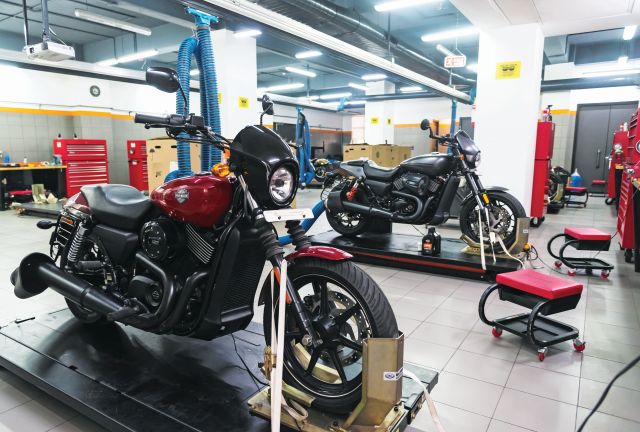
Story: Joshua Varghese
Photography: Harley-Davidson
Once upon a time, after reading J K Rowling’s Harry Potter books, like any other aspiring magician, I also spent hours glued to the nearest window waiting for an owl to arrive with my letter from Hogwarts. To my utter disappointment, none of the wizarding world’s owls ever visited my abode. Like every other Muggle, I also went to school and university and eventually discovered something just as magical: the world of motorcycles.
Years later (present day), as a motoring journalist, I received an invitation to attend a motorcycle school or, more specifically, the Harley-Davidson University. The previous year, a colleague of mine had attended this institution and delved into the sorcery that runs the formidable Milwaukee-Eight 107 engine. This year, the syllabus had changed to accommodate a skill that every ardent motorcyclist should possess — motorcycle maintenance. So, I packed my bag and left to catch the next flight to Hogwarts… er, I mean H-D University.
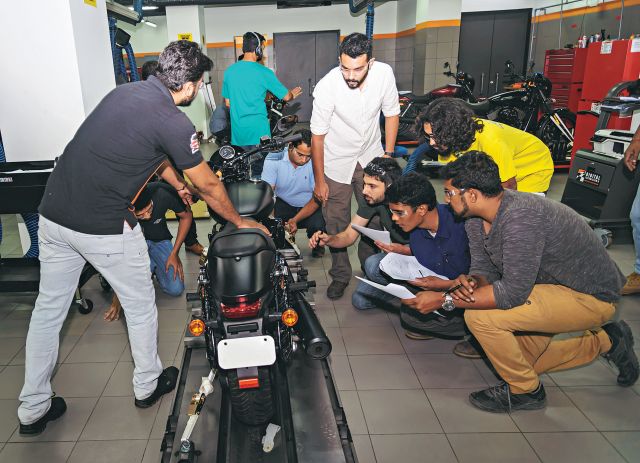
On arrival I found that I would be sharing a classroom with 15 other motoring journalists. After being split into teams of four each, we were taken through a part of the syllabus that H-D University offers. This course is usually reserved for H-D mechanics before they are inducted into dealerships as full-time technicians. The usual programme is fairly long and comprehensive, covering all the motorcycles in the H-D line-up. For us, however, H-D had selected the simplest of them all: the Street range.
Having successfully secured the surprisingly coveted front-row seat, I listened with rapt attention as our lead trainer, Pankaj Paul, walked us through the presentation with occasional inputs from Vijay Thomas, Lead Marketing, Harley-Davidson India. A comprehensive video made by H-D showed the sequence of tasks to be undertaken while servicing a Street 750. Sequence is crucial because working on a motorcycle is somewhat like surgery, without the pressure of accidentally bumping off the patient, of course. The correct procedure needs to be complemented by the use of the exact tools required for the job at hand. My team’s attention during class and quick responses to questions helped us secure top spot at the end of the quiz, putting us firmly in the lead; a feat Hermione Granger would have approved of.
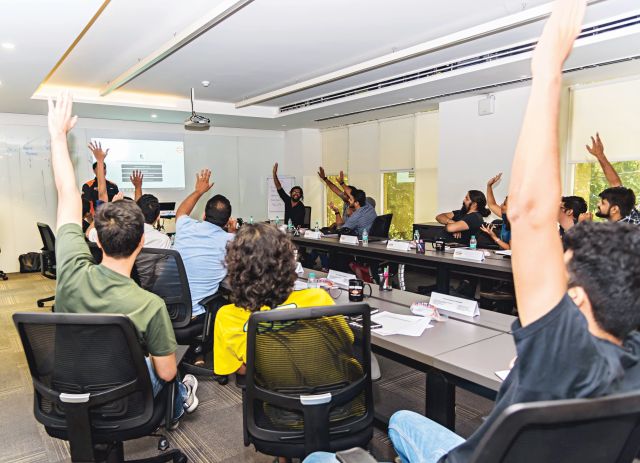
Next up, we were given a fully-packed Harley-Davidson to unbox. After freeing the motorcycle off its cardboard prison, we followed the H-D manual and set it up for delivery. The pre-delivery inspection (PDI) is quite thorough. Everything from paint finish to wiring is checked and adjustments are made to the handlebar and suspension to suit the rider. H-D told us that any motorcycle that fails the PDI is immediately sent back to the factory after that particular issue has been flagged in the manufacturer’s quality control system. An imperfect motorcycle is never handed over to a customer. After much fiddling and polishing we presented the bikes to our customers (H-D technicians in this case) who rewarded us with appreciative nods and some much-needed points.
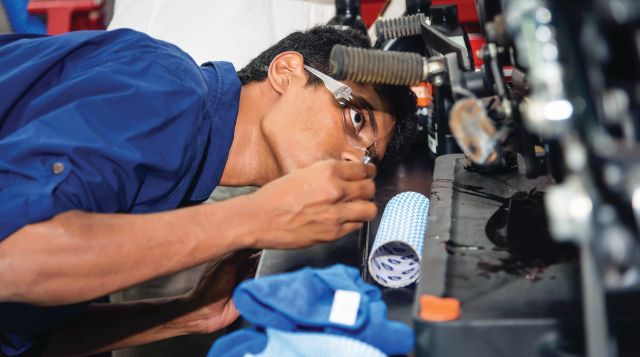
Finally, it was time for the main event of the day — a 24,000-km service procedure on a Street 750. We were ushered into the workshop where our project for the day stood on a hydraulic lift. The icing on the cake was the tools we had at our disposal; any mechanic’s wet dream. Each team was given their own set of tools and equipment. Measuring instruments such as volt meters, micro meters, vernier calipers, and pressure gauges lined the top shelf while the rest of the cabinet was filled with systematically arranged spanners, screwdrivers, and other tools. Furthermore, they also had special tools such as torque wrenches, torque breakers and so on.
My team was handed a long list of tasks to perform on the motorcycle beginning with a simple engine oil and oil-filter change. We divided the tasks among ourselves and soon all of us were getting our hands dirty (and enjoying it) as we set about servicing the motorcycle. One man tended to the oil change, another serviced the brake calipers while the rest checked and adjusted clearances… well, you get the picture. Under the technician’s watchful eyes, we steadily tick-marked the tasks in the list and, by the end of the session, were among the first to finish our work. Of course, it did not end there. A good mechanic always cleans up his workplace once the job is done and puts away his tools neatly. We did exactly that before moving on to cleaning and polishing the motorcycle and, voila, earned some bonus points right there.
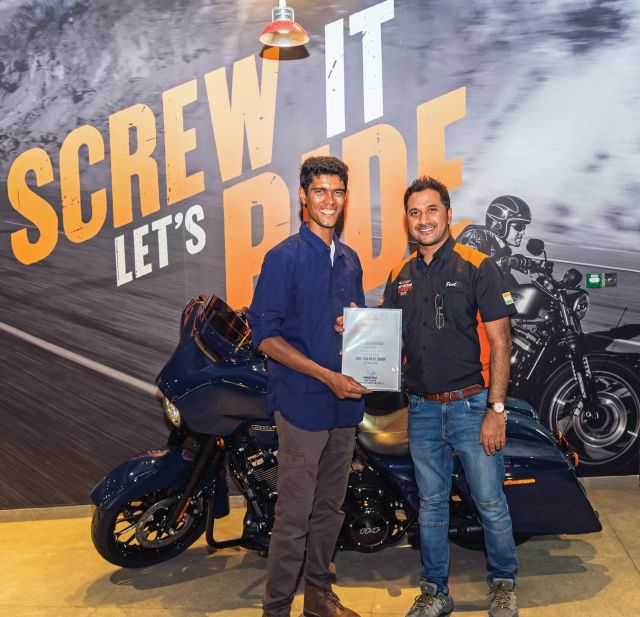
Our consistent performance through the day allowed us to end the programme as top students and each of us was even awarded a Harley-Davidson scale model. Winning was just a bonus when compared to the amount of fun all of us had while learning in the classroom and servicing our motorcycle.
Along the way, we also got a good insight into the kind of work that Harley-Davidson put into their dealerships across the country to ensure nothing but top-notch quality for their customers. From leaving the showroom after PDI to returning for a service, H-D ensure that you will always have the best care for your beloved motorcycle. Unless you want to give it a shot yourself.
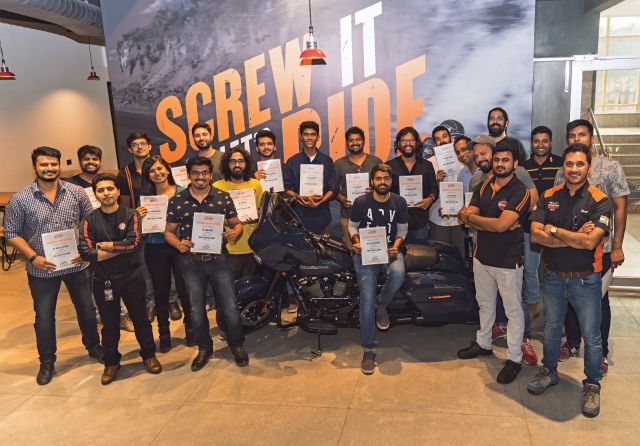
A Mechanic in the Offing
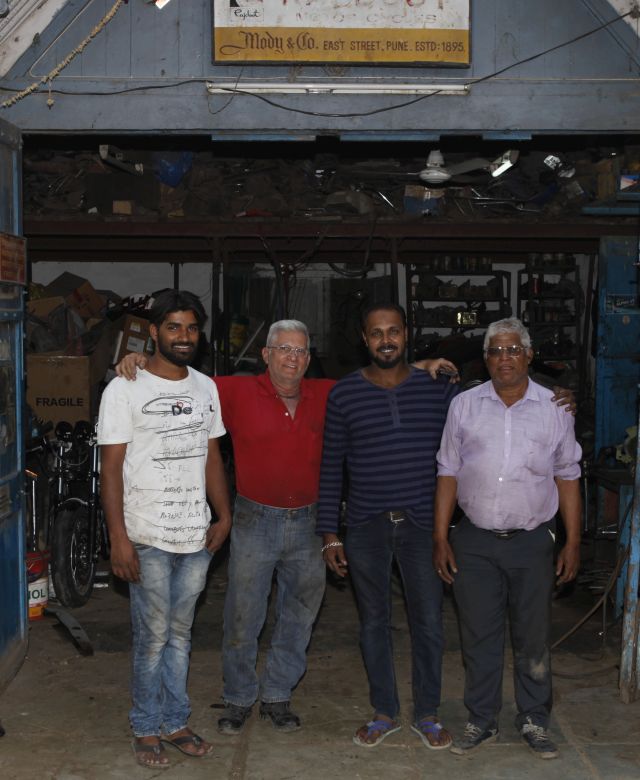
Thanks to the weekends I had spent in learning how to work on motorcycles at one of India’s best motorcycle garages, I was already familiar with most of the procedure. The lion’s share of the credit goes to my mentor, Sheri Bhathena, former racer, motorcycle magician, and proprietor of Motex Garage, for encouraging and guiding me in the right direction. I would also like to add that I learned more at that garage than over all my years of engineering education and I urge all of you passionate motorcyclists to give it a shot as well.
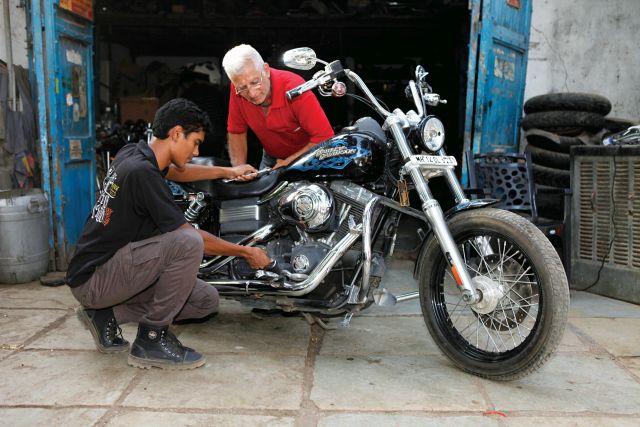


Leave a Reply